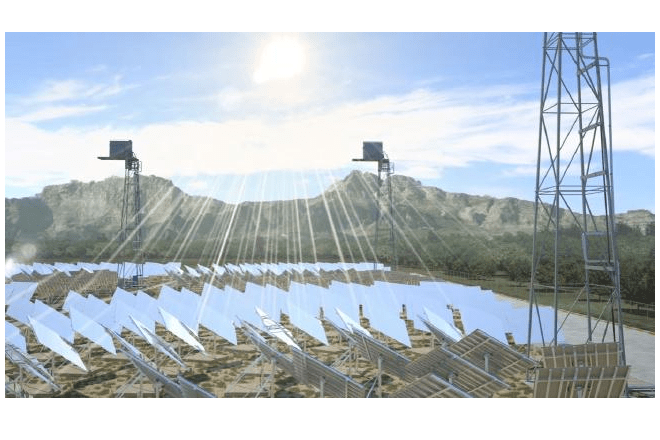South Australia commits to solar thermal energy development
The Energy Networks Association (ENA) has welcomed the announcement that South Australia will see a concentrated solar thermal generation demonstration plant by the end of the year.
Solastor Australia chairman John Hewson announced the company would build a one megawatt, grid connected, demonstration plant in Port Augusta as the first step in its $1.2 billion solar thermal project.
ENA chief executive John Bradley said the Solastor demonstration plant could highlight the potential for “dispatchable” renewable energy to be provided by concentrated solar thermal technology.
ADVERTISEMENT
“Australia is at the forefront of a global transition to high penetration renewable electricity and we will need new solutions to balance the ups and downs of intermittent output,” John says.
“It’s fantastic to see real progress being made in emerging solutions to support significant levels of renewable energy on the grid.”
John said Australia would rely on dispatchable generation sources to maintain the reliability and quality of the power supply that customers value.
“Our future energy mix must rely on more intermittent generation from wind, solar and other renewables, so Australia will need dispatchable, low carbon energy sources to balance the power supply in real time.
“There is a major technology competition underway to solve this long-term problem.”
John says the solutions to intermittent generation could lie in concentrated solar thermal technology, battery storage or other options that remove the carbon footprint of conventional generation, like renewable biogas, carbon capture and storage or storing energy in gas networks through Power to Gas technology.
“Energy networks will be the adaptive platform enabling these new technologies to compete on their merits to supply customers with cleaner, reliable and affordable energy,” John says.
-
ADVERTISEMENT
-
ADVERTISEMENT


